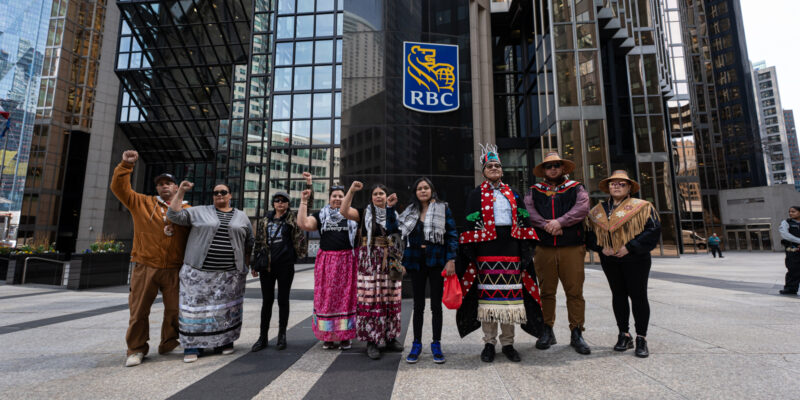Canada’s largest banks continue to pump billions of dollars into the beleaguered Trans Mountain pipeline expansion project after the federal government promised taxpayers would cover the costs if the Crown corporation couldn’t.
Finance Canada quietly helped co-ordinate multibillion-dollar loans in April 2022 by guaranteeing the government would pick up the tab should anything go wrong and since then, has continued backstopping further loans that now total $18 billion.
The latest round of financing was a $2-billion loan provided to TMX in late November, which as previously reported by Canada’s National Observer was secured to help the oilsands pipeline megaproject finish construction as it heads into the home stretch.
The banks behind the latest loan include RBC, Scotiabank, TD, BMO, CIBC, National Bank, ATB Financial, and Goldman Sachs Canada, according to financial data reviewed by Canada’s National Observer. It is not known how much each bank contributed but if split equally, would represent $250 million per bank.
The latest tranche marks Goldman Sachs’ first time lending to the project, while the other seven banks have participated in previous loans.
None of the banks returned a request for comment by deadline.





